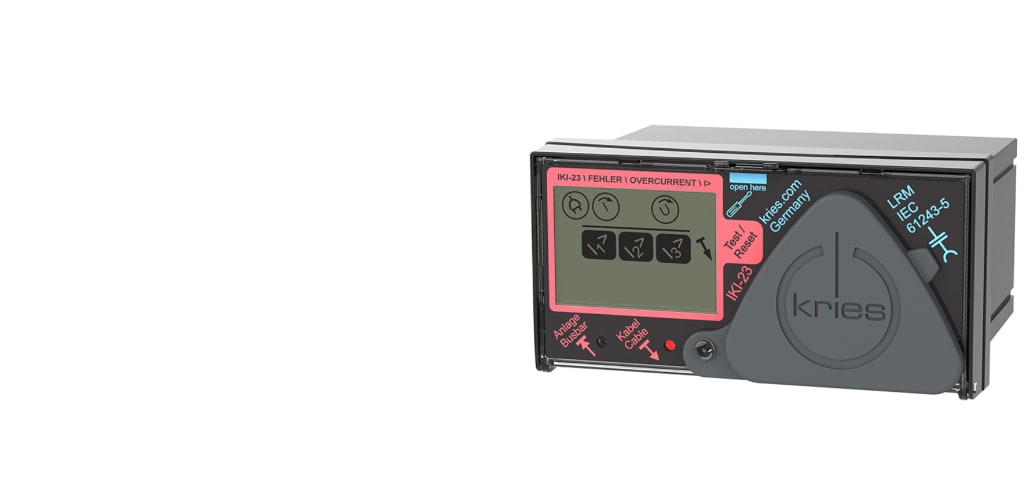-
Login/RegisterHi, GivenNameMy AccountLogin AgainCreate an AccountRegister to enjoy these benefits!
- Order Samples
- Track Your Orders
- Save Product List
- Access Additional Resources
- Get Tech Updates
Welcome!- Online Order Status
- Track Order History
- Samples Order History
- Check Order Status
- Request Secure Access
- My Parts List
- Recently Purchased
- Bulk Order Purchasing
Manage AccountLogin to access your orders, address book, product lists, and more.
- Products
- Industries
- Tools & Resources
- Shop TE Store
- Services & Trainings
- About TE
- Sustainability
- Cart (0)
- Login/Register
-
- We are here to help!
- Get in touch with our product experts.
- Chat
- Email us
- Products
- Industries
- Tools & Resources
- Shop TE Store
- Services & Trainings
- About TE
- Sustainability
- Cart (0)
- Hi, GivenName (Log out)
- Dashboard
- Your Account
- Recently Purchased
-
- We are here to help!
- Get in touch with our product experts.
- Chat
- Email us
This product is not currently available. For more information, including distributor inventory, please contact us.
-
Product Listing
This product is not currently available. For more information, including distributor inventory, please contact us.
Directional Fault Indicators

Available from

Build and price the product now
Enhance your grid reliability and minimize downtime by monitoring faults and earth faults on single phase conductors up to 52 kV

The TE Connectivity (TE) Kries IKI-23 directional fault current indicator is designed for switchgears, underground distribution and transmission lines from 3 to 52 kV. Efficient fault detection and an immediate response are crucial for maintaining the reliability of your power grid. Our Kries IKI-23 fault indicator is designed to monitor fault conditions such as short circuits, temporary disruptions and ground faults on single-phase and/or three-phase underground power grids, helping grid operators to quickly restore power after unplanned outages.
Combined with our CAPDIS voltage detection system, the IKI-23 is capable of precise directional fault indication. This advanced feature allows operators to quickly and accurately identify the direction of the fault, significantly reducing the time required to locate and isolate faults.
Engineered for durability, the IKI-23 is compliant with IEC and IEEE standards, and its design ensures consistent performance in harsh conditions from -25 °C to +55 °C (-13 °F to +131 °F) - which enhances grid reliability and reduces costs.
Designed for seamless integration, our IKI-23 fits easily into existing systems with minimal disruption. The user-friendly installation process allows for quick setup and configuration, enabling immediate benefits in both grid reliability and reduced downtime.

Key Features
Directional and nondirectional fault detection with CAPDIS
- Integrated diagnostic function
- Event memory
- Step voltage warning

Applications

Frequently Asked Questions
Question: What is a directional fault indicator?
Answer: A directional fault indicator is a device that is used in power distribution networks to detect and indicate the direction of a fault. This helps operators to quickly locate and isolate faults, which minimizes downtime and improves the reliability of the power grid.
Question: How does the TE Kries IKI-23 work?
Answer: This device uses sensors to detect abnormal current levels and then provides a signal when a fault is detected – which helps to quickly identify the location of the fault.
Question: What are the benefits of using IKI-23?
Answer: Rapid fault localization quickly identifies the direction of the fault, which reduces the time needed to locate and repair issues - leading to the following benefits:
- Improved reliability: Enhances the reliability of the power grid by minimizing downtime and preventing extended outages.
- Cost savings: Reduces the operational costs associated with prolonged fault-finding missions and repairs.
- Increased safety: Provides accurate fault information, allowing for safer and more efficient fault management.
Question: What is the difference between a standard fault indicator and a directional fault indicator such as IKI-23?
Answer: A standard fault indicator detects the presence of a fault but does not indicate its direction. A directional fault indicator not only detects the fault but also shows the direction in which has occurred, offering more precise information for troubleshooting.
Question: What type of maintenance does the TE Kries IKI-23 require?
Answer: IKI-23 is designed for low maintenance. Regular inspections and battery checks are recommended to ensure optimal performance, but the device itself is built for durability and long-term reliability.
Please review product documents or contact us for the latest agency approval information.
Detailed product features are not currently available online.
Datasheets & Catalog Pages
Are you sure you want to close chat?

To begin your chat with TE please enter your details
